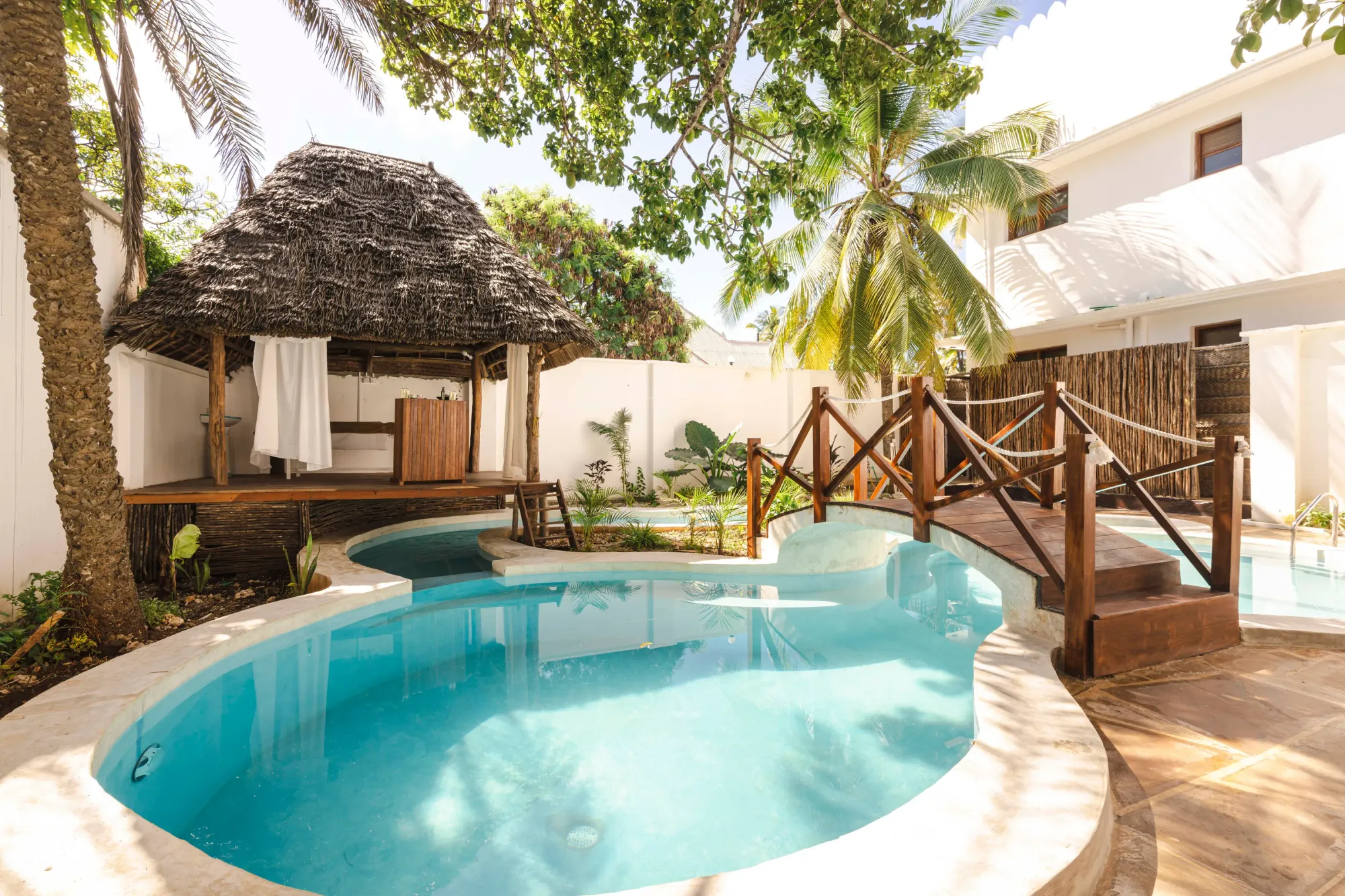Zanzibar - a window into Africa's rich heritage
Basking in the Indian Ocean just off the Tanzanian coast lies Zanzibar. The archipelago is a semi-autonomous region of Tanzania, consisting of the two large islands of Unguja and Pemba and some smaller islets. Renowned for its idyllic white sand beaches, charming buildings and mosques, few places exude quite as much charm and Islamic heritage as Zanzibar.

The archipelago's history with Islam stretches back centuries. Omani Arabs first introduced the faith around the 8th century as they travelled along the East coast of Africa. Zanzibar soon became a key hub for Muslim merchants, missionaries and travellers venturing to and from mainland Africa.
Tourism is a major industry in Zanzibar. Reflecting its predominantly Muslim population, the island provides plenty of religious facilities for Muslim travellers, like mosques, prayer facilities and halal dining options. This convenience combined with its beautiful beaches and fascinating history, is why it’s proving so popular with halal-conscious tourists today.
Unlike the famous safaris of mainland Tanzania, wildlife viewing in Zanzibar is an underwater affair showcasing marine life and coral reefs. Local diving centres provide travellers with scuba and snorkelling opportunities to explore the Indian Ocean up close.
Zanzibar’s Islamic Heritage
Zanzibar's complex history with Islam stretches back centuries. It was initially inhabited by indigenous people from the African mainland before Muslim traders brought Islam. The area became a hub for Muslim missionaries travelling to and from mainland Africa. In 1698, the islands fell to the Sultanate of Oman, which helped solidify the Islamic presence in the region — and led to the architectural gems that still stand in the region today. It remains predominantly Muslim, unlike mainland Tanzania's mix of faiths. About 90% of the Muslim population follows Sunni Islam and specifically the Shafi'i school of jurisprudence.
Visitors can experience the enduring Muslim influences in Zanzibar through its sights and sounds; from the calls to prayer from muezzins to women donning colourful hijabs and the Islamic history etched in its architecture. Zanzibar still shows the strong Islamic influences that shaped it long ago. The island offers visitors a chance to learn about the cultures that swept into Africa's Indian Ocean rim. For tourists interested in this coastal legacy infused with a firm Islamic heritage, Zanzibar beckons.
Top attractions in Zanzibar
Stone Town
Stone Town, in the old part of the capital Zanzibar City, is a UNESCO World Heritage Site and is the best place to see the region’s Islamic architectural influences. The port city is famed for its labyrinthian alleyways, markets, and distinct wooden doors. The city has an estimated 560 doors, the majority in Stone Town. These works of art, most of which are over a century old, each have their own story to tell if you look closely enough.
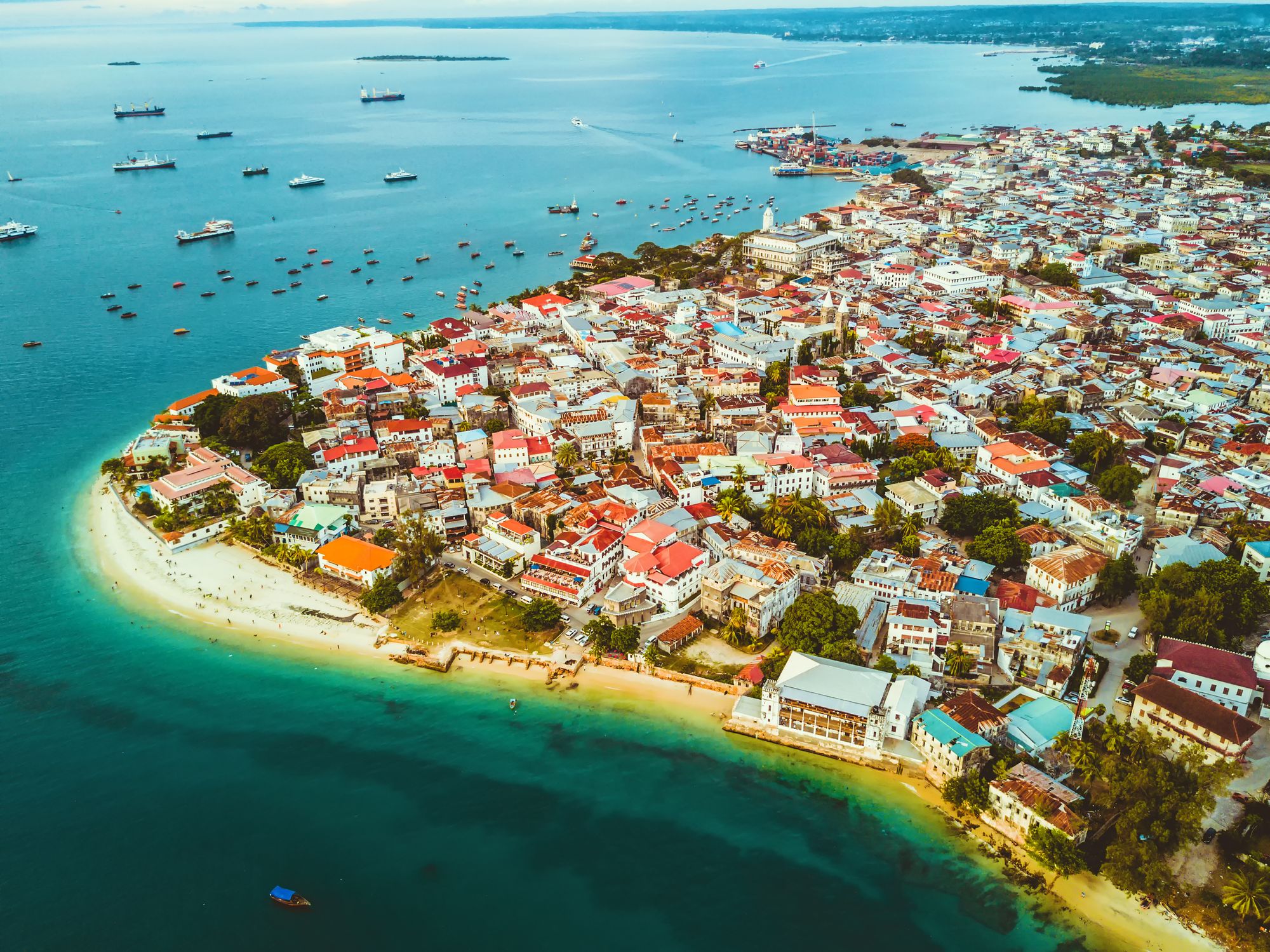
Beit el-Ajaib
The area is also home to significant historic mosques and Islamic sites. Beit el-Ajaib, the iconic House of Wonders, is Unesco-listed and was the most modern building in East Africa when completed in 1883. Currently closed for major renovations, it was the first building in East Africa to have electricity and an elevator — hence the name.
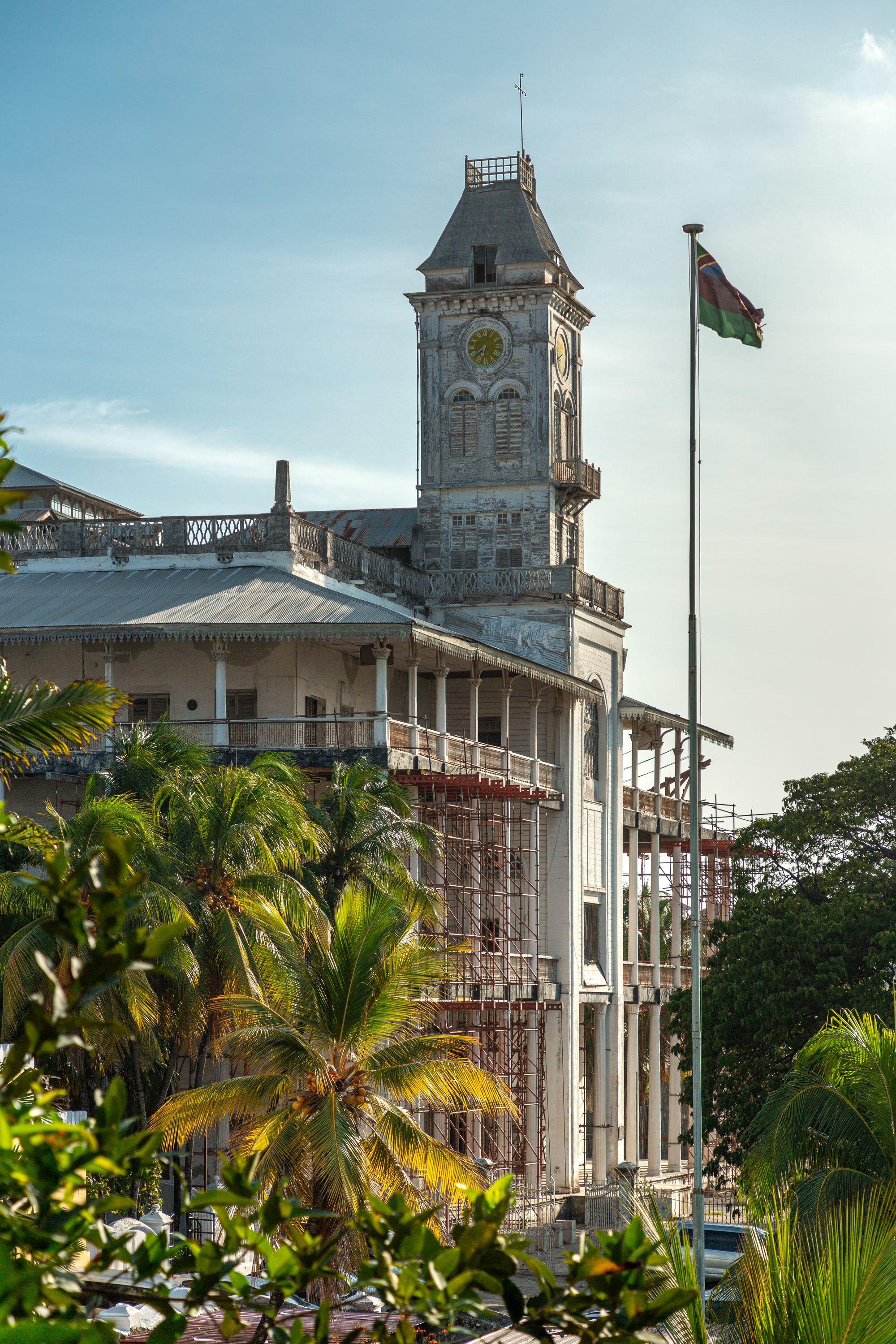
Old Fort
The Old Fort is located in Stone Town. Its courtyard has been adapted to serve as a cultural centre with an open-air amphitheatre where live music and dance shows are held every evening. There are also curio shops where tourists can buy local art and merchandise, a restaurant, and a visitor information booth.
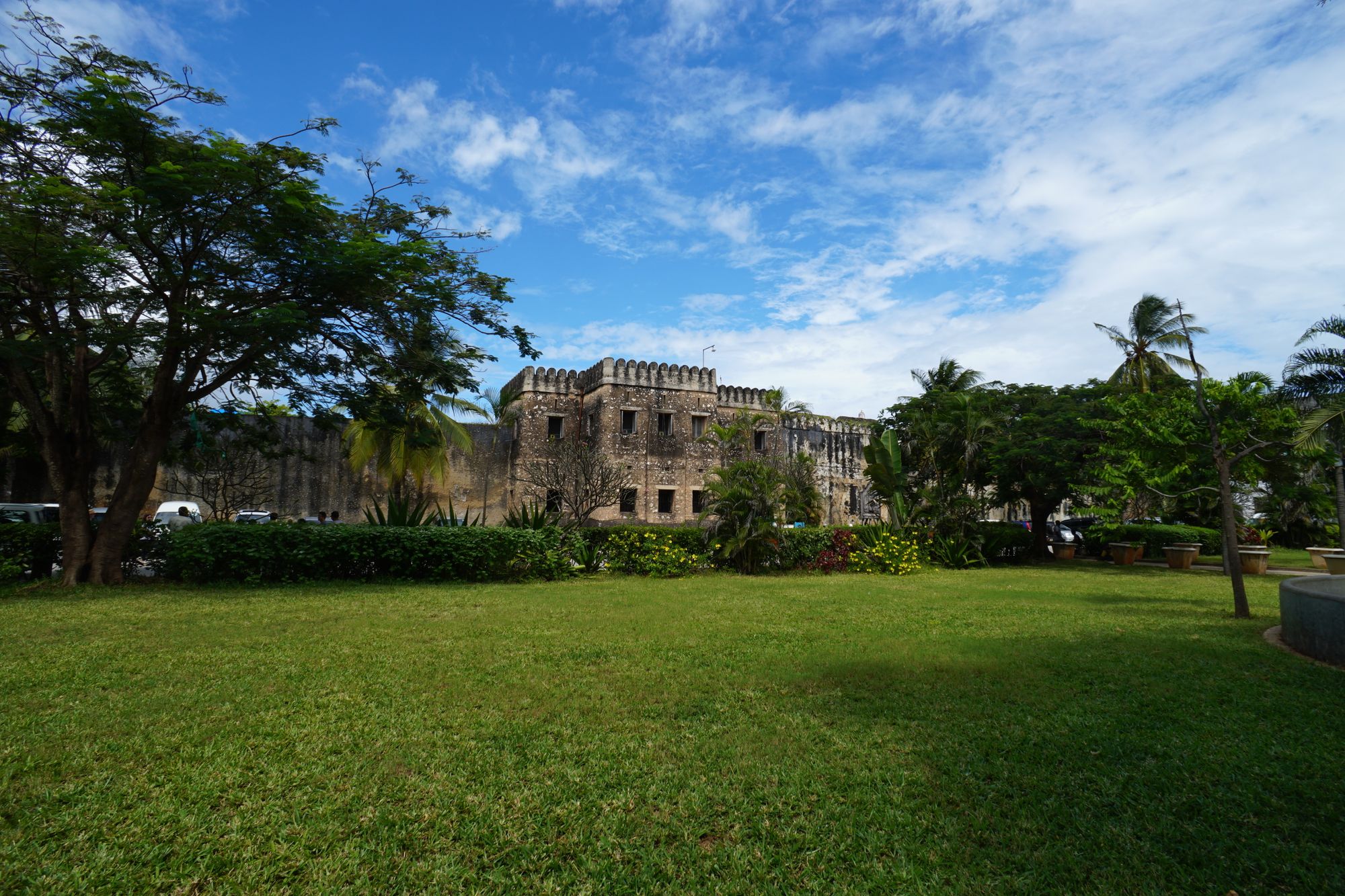
Malindi Mosque
Over 50 mosques adorn the island's skyline. Dating from the 15th century, the Malindi Mosque has unusual architectural features, including a cone-shaped minaret and a square platform. Visitors can enjoy a panoramic view of Stone Town from the platform.
People's Palace Museum (Sultan's Palace)
This impressive 3-story waterfront building with merlon-decorated white walls is one of Stone Town's main historic buildings. It was officially renamed the People's Palace in 1964 after the Zanzibar Revolution and used as the seat of government until 1994, when it became a museum on the royal family and the history of Zanzibar.
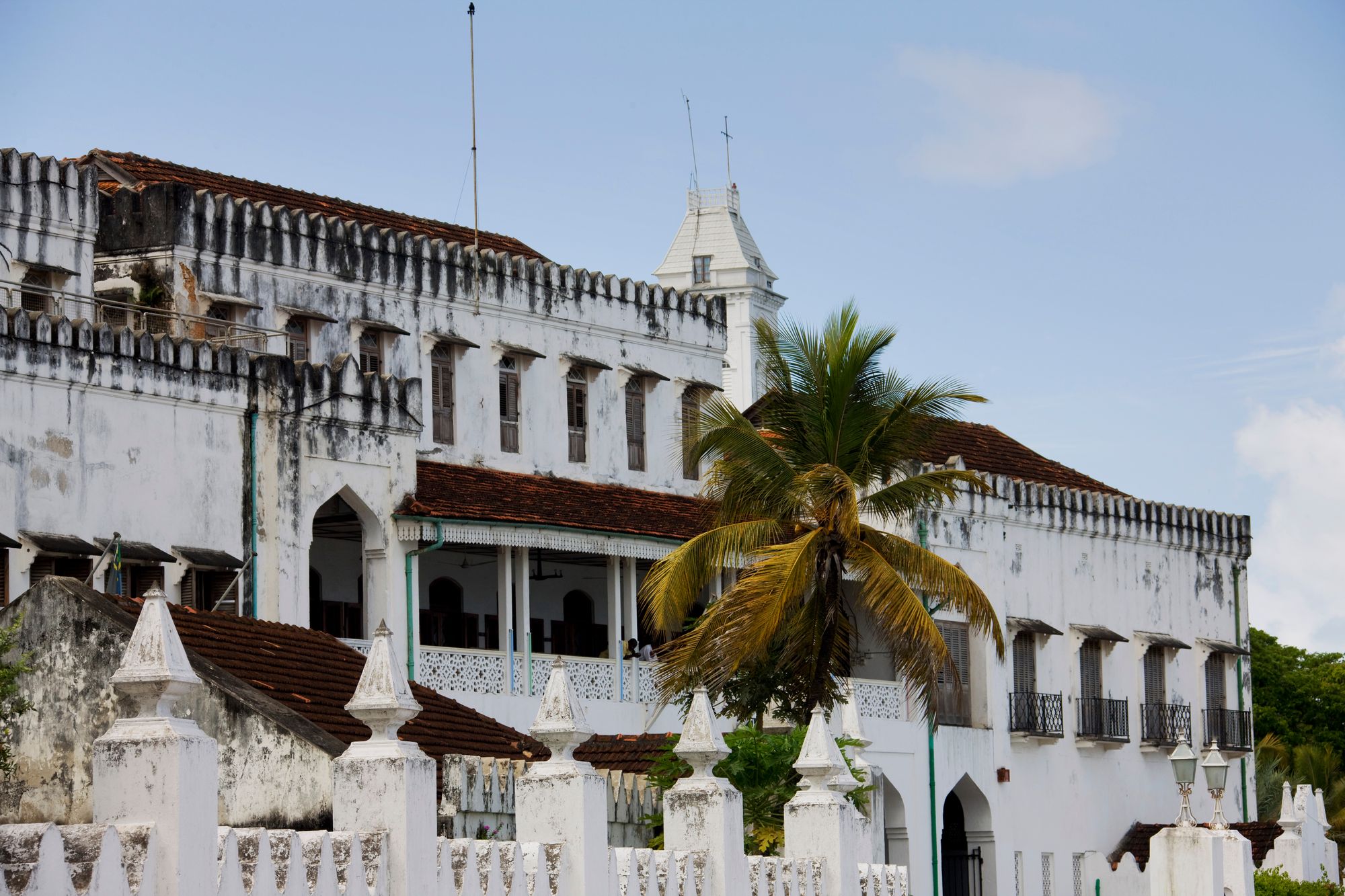
Historic Slave Market
The historic Slave Market Memorial offers an opportunity to reflect on the region's tragic role in the slave trade. It was the last slave market open in the world, closing in 1873.
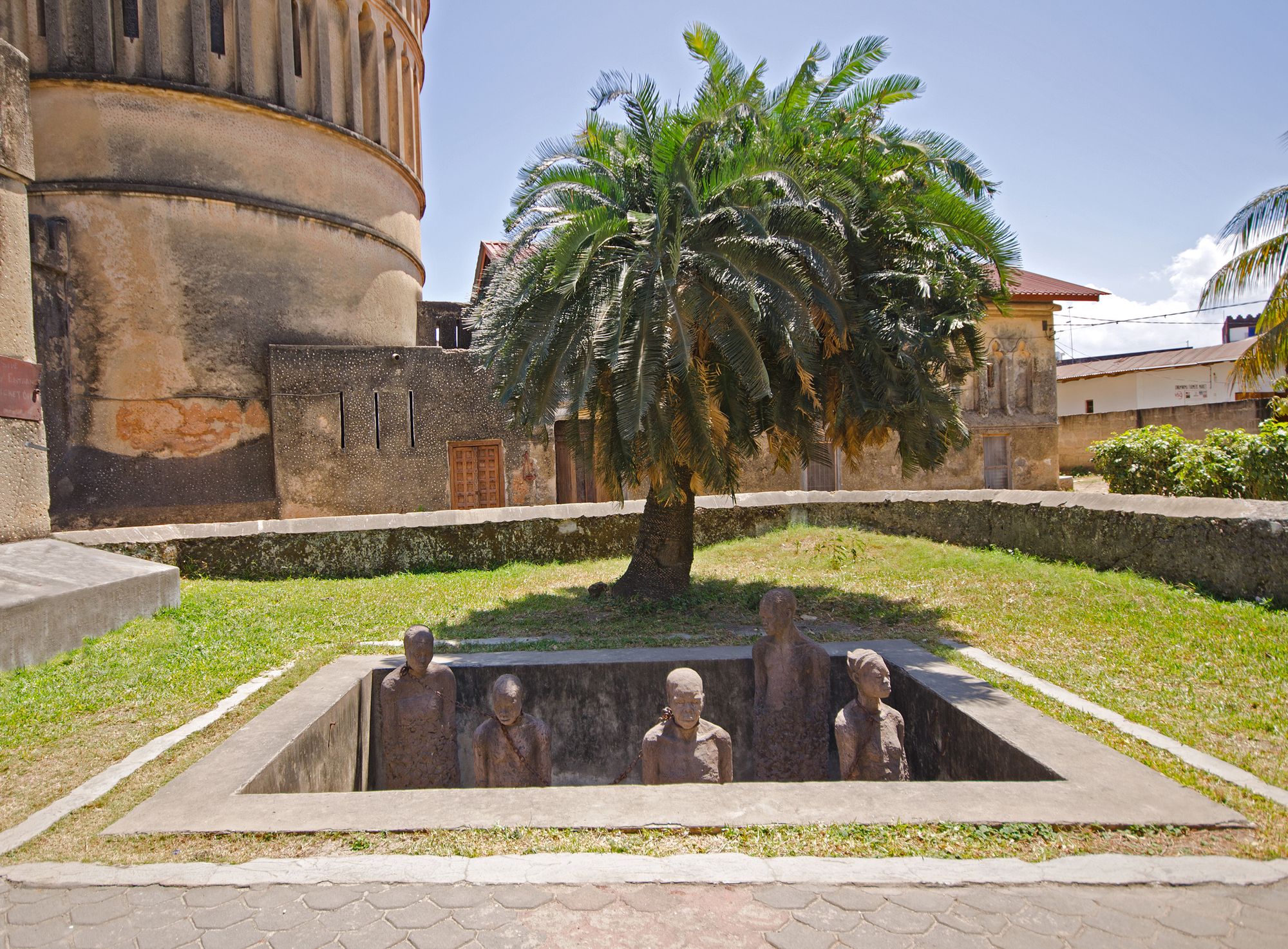
Darajani Market
Darajani Market, one of the central markets in Zanzibar, is where you can learn more about the culture and local life. You can find almost anything you are looking for, bargain for spices and also buy the traditional Islamic Zanzibar hats known as kofia.
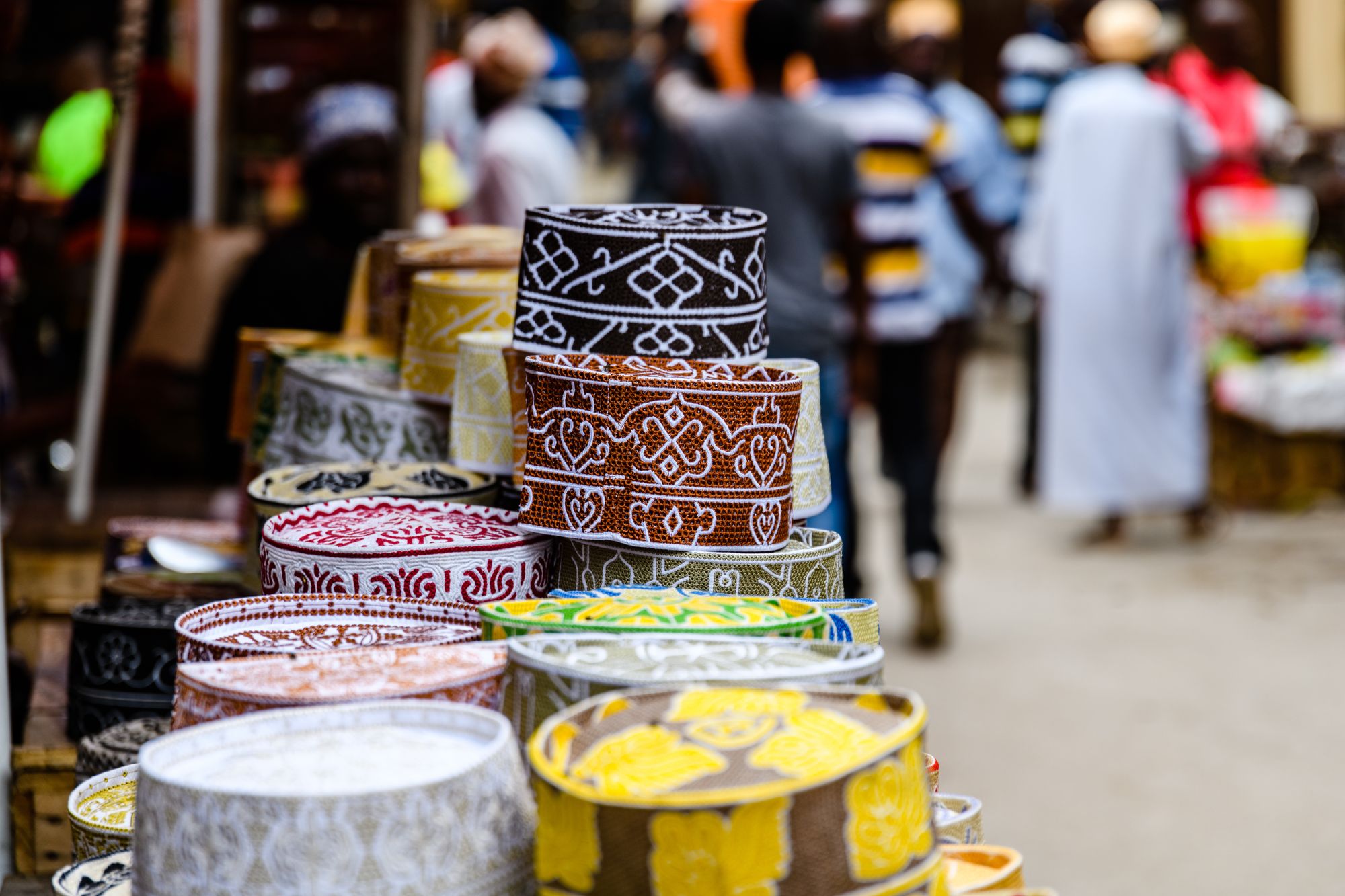
Halal food in Zanzibar
Halal dining options are plentiful in Zanzibar, where the Swahili-Zanzibari cuisine reflects the island's diverse cultural influences. Iconic dishes like biryani, samosas, and pilau rice signal Indian inspiration, while kaimati (fried dough balls soaked in honey) points to its Middle Eastern influence. Even Zanzibar pizza fuses Indian, European, Arabic and Persian flavours. The adventurous might want to sample dishes that include octopus, a favourite delicacy in the area.
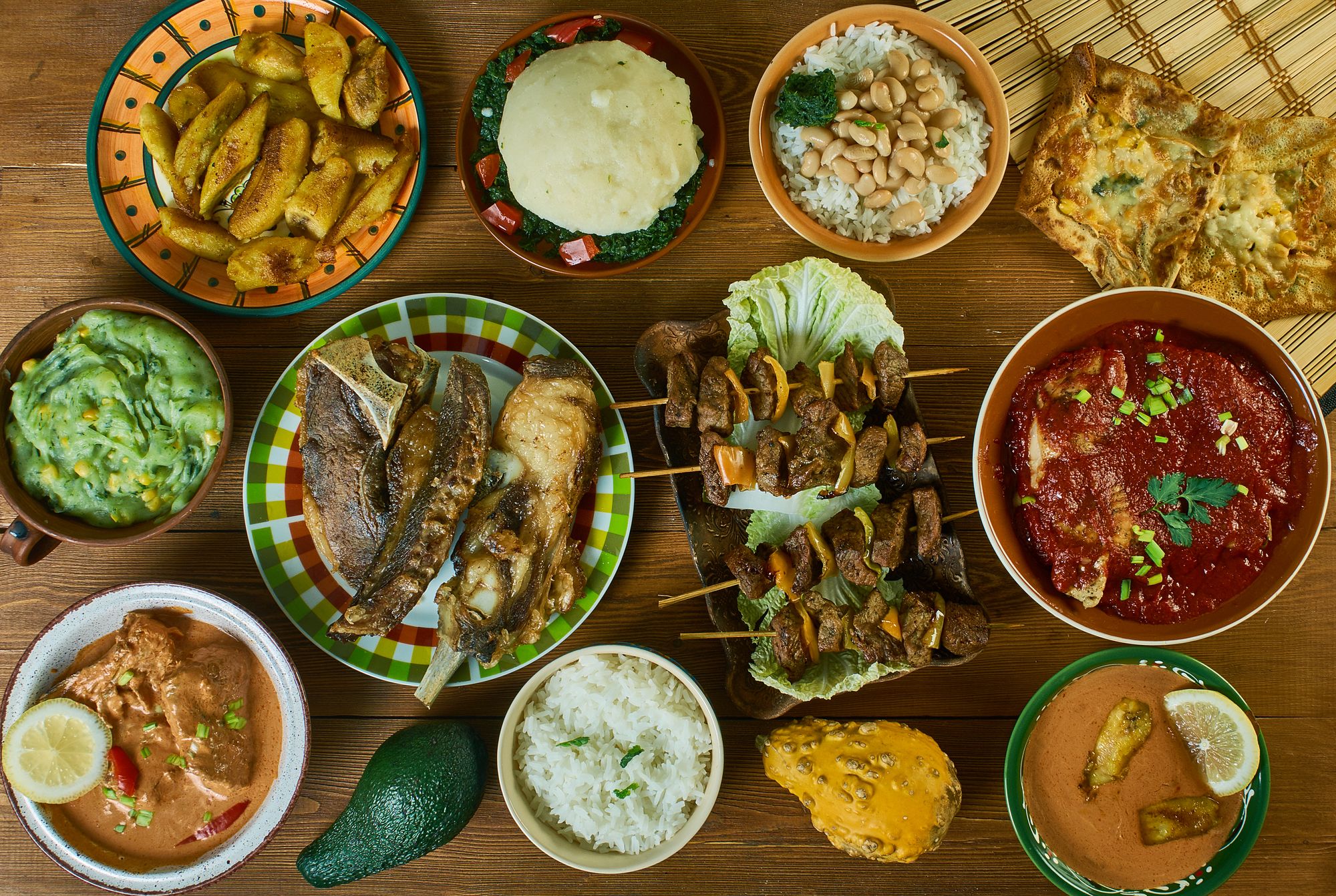
Where to stay in Zanzibar
Tasneem Islamic Luxury Suites
Just steps from the idyllic beach, with a women-only and men-only pool, no alcohol and all halal food. A warm welcome and stylish accommodation await in the heart of Jambiani village, with its palm-fringed pale sandy beach.
